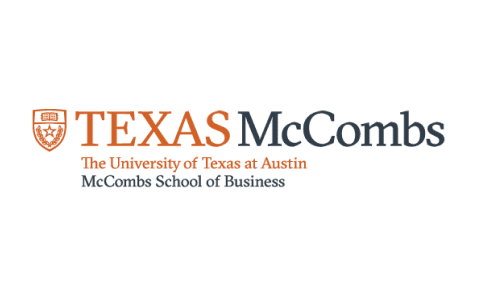Kafka Basics
Learn kafka from basics in this free online training. Kafka course is taught hands-on by experts. Learn how kafka works with examples & the key components consumer replicas of kafa in details. Best for beginners. Enroll for free.

Ratings
Level
Learning hours

Learners
Skills you will learn
About this course
This course will first introduce you to the basics of Kafka by answering the two most basic questions: what is Kafka and where it is used. Next, you will learn about the Kafka APIs and its Clusters. Following it, the working of Kafka is explained by employing a few examples. Then, Zookeeper and its basic principles are discussed. Later a demonstration of Kafka is provided where Twitter API is used to call in real-time tweets. Later, topics such as Kafka architecture, key components and its anatomy, and partitions and their offset are discussed. At the end of the course, the concept of consumer, consumer groups, and replication are explained in detail. Once you finish this free course, take the quiz and earn a completion certificate.
Are you ready to learn more about Kafka? Look no further! Our professional Big Data Analytics program covers every skill you need to become an accomplished expert in the domain.
Course Outline
In the first module, you will be introduced to Kafka. Questions such as What is Kafka and Where it is used are answered.
The four main APIs of Kafka and its clusters are covered in this module.
In this module, you will learn the working of Kafka. For your better understanding, examples such as Website Activity Tracking, a real-world example, are explained stepwise.
The process of coordinating Kafka with the help of Zookeeper is explained in detail. Also, the installation process and important tips to get started are shared.
This module provides a demonstration of calling Twitter API to get tweets in real-time. You can follow along with the demonstration as it is in a stepwise format.
 UPGRADE
UPGRADE
Recommended university programs
Frequently Asked Questions
Will I receive a certificate upon completing this free course?
Is this course free?
Will I get a certificate after completing this Kafka course?
Yes, we provide a certificate after completing the Kafka course successfully.
What are the steps to enroll in this Kafka course?
Enrolling in any of the Great Learning Academy’s courses is just one step process. Sign-up for the course, you are interested in learning through your E-mail ID and start learning them for free online.
Is there any limit on how many times I can take this free course?
Once you enroll in the Kafka course, you have lifetime access to it. So, you can log in anytime and learn it for free online.
Kafka Course
Apache Kafka is an open-source distributed event streaming platform that is used for building real-time data pipelines and streaming applications. It was developed by the Apache Software Foundation and is written in Scala and Java.
Kafka is used to handling high-volume, real-time data streams and provides a scalable, fault-tolerant, and high-throughput platform for real-time data. It is commonly used in scenarios where large amounts of data need to be processed in real-time, such as real-time analytics, online advertising, financial transactions, and IoT (Internet of Things) applications.
One example of Kafka being used is in the financial services industry. It can be used to process real-time financial transactions and provide up-to-date information for risk management and compliance purposes. In the retail industry, Kafka can be used to process real-time data from multiple sources, such as customer behavior and sales transactions, to provide insights into customer buying patterns and market trends.
Another example is in the logistics industry, where Kafka can be used to process real-time data from GPS-enabled devices and provide real-time tracking information for delivery trucks and cargo. This information can then be used to optimize delivery routes and reduce costs.
These are just a few examples of how Kafka is being used to handle real-time data and provide valuable insights in various industries. Its ability to handle high-volume, real-time data streams efficiently and effectively makes it a popular choice for organizations looking to stay ahead in the competition.
By taking a free Kafka course, you will gain a solid understanding of how Kafka works and how it can be used to build real-time data pipelines and streaming applications. You will also get hands-on experience with Kafka through interactive examples and exercises, allowing you to develop practical skills that you can apply in real-world scenarios.
Whether you are a student, software developer, or IT professional, a free Kafka course is a great opportunity to expand your knowledge and develop new skills in a rapidly growing field.
























.jpg)
.jpg)
.png)









.jpg)
